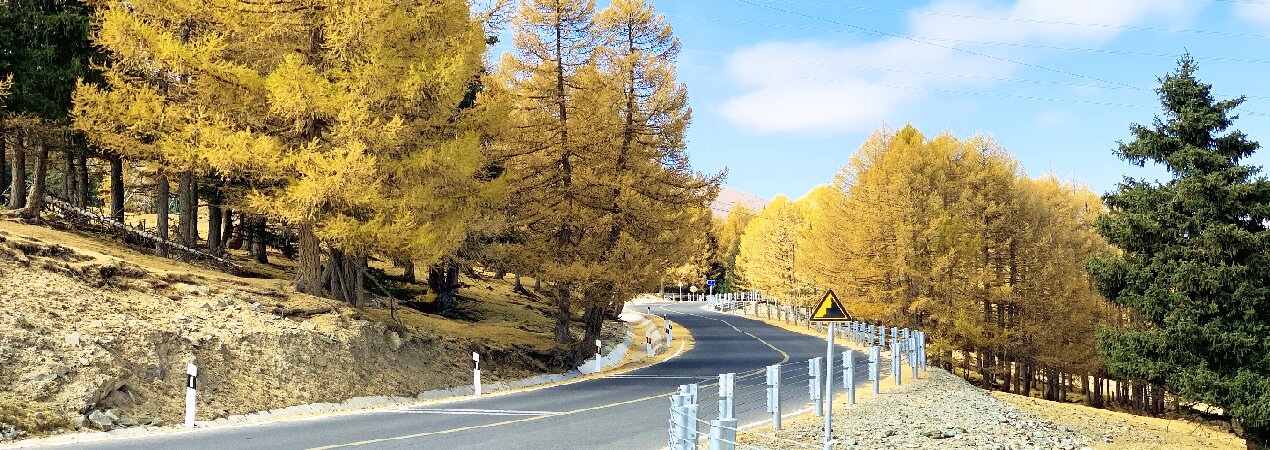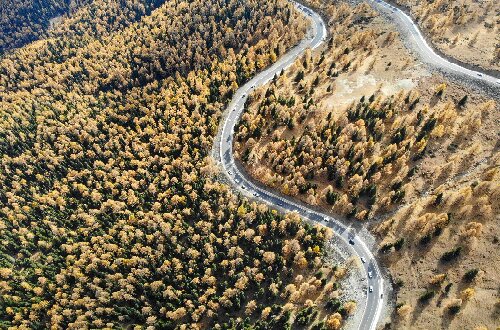Tianshan Scenic Area

The Hami Tianshan Scenic Area covers a total area of 200 square kilometers, integrating diverse natural landscapes such as snow-capped mountains, grasslands, forests and deserts. The core attractions include the Baishitou (White Stone) Scenic Area at an altitude of 2,126 meters, Songshutang (Pine Forest), which is famous for its lush pine forests, and Mingshashan (Singing Sand Mountain), which ranks first among China's four major singing sand mountains in terms of sand chirping.
- Chinese name: 天山风景名胜区 Tiān Shān Fēng Jǐng Míng Shèng Qū
- Suggested time: 3 hours or more
- Ticket: The main gate of the scenic area is free of charge, while sub-attractions charge fees.
- Open hours: 09:30 - 19:30. Please note that entry to the scenic area will be stopped after 19:00.
- The best time to visit: From May to October
- Address: Along the 303 Provincial Highway, east of Hami City, Xinjiang Uygur Autonomous Region, China
- How to get there: It is recommended to travel by self-driving, which is more convenient.
Highlights of Tianshan Scenic Area
Mingshashan (Singing Sand Mountain)
Mingshashan in the scenic area is one of China's four major singing sand mountains, ranking first for the loudness of its sand chirping. When sliding down, the friction of sand grains produces a distinct sound. Under sunlight, Mingshashan glows golden, forming a striking contrast with surrounding green grasslands and distant snow-capped mountains, creating a beautiful landscape.
- Ticket Price: 25 yuan per person
- Daily Hours: 09:30–19:00
Baishitou (White Stone)
Baishitou boasts unique alpine grassland resources, named after a huge white stone amidst green grass and pine forests. With its beautiful natural environment and fresh air, it is a renowned summer resort in Hami, holding multiple accolades. Here, snow-capped mountains, streams, and forests adorn the grasslands.
- Ticket Price: 30 yuan per person
- Opening Hours: Seasonally closed; open from June 1st to August 30th (subject to weather conditions)
- Daily Hours: 09:30–19:00
Songshutang (Pine Forest)
 Songshutang (Pine Forest)
Songshutang (Pine Forest)In summer, Songshutang enjoys cool weather, making it an excellent summer resort; in winter, it is covered in snow, serving as a perfect venue for snow viewing, snow activities and ice-snow sports. The area boasts magnificent pine forest scenery. The pine trees here are tall and straight, like a group of loyal guards protecting the land. You can stroll among the pines, breathe fresh air, listen to birds singing, and feel the tranquility and beauty of nature.
- Ticket Price: Free admission
- Opening Hours: Seasonally closed; open from June 1st to September 15th (subject to weather conditions)
- Daily Hours: 09:30–19:00
Tianshan Temple
Tianshan Temple, first built in the Tang Dynasty, is one of the best viewing spots in Tianshan Scenic Area. The temple preserves ancient cultural relics and inscriptions, providing important materials for the research of local history and culture. Famous for its mountaintop architecture, the temple allows visitors to enter for sightseeing and praying. Climbing to the mountaintop viewing platform offers a panoramic view of Tianshan Scenic Area. Due to the high altitude, visitors may occasionally witness the rare spectacle of summer snowfall on lucky days. As a renowned Taoist holy site along the Silk Road, Tianshan Temple attracts countless tourists.
- Ticket Price: 20 yuan per person
- Daily Hours: 09:30–19:00
Educational Value
The scenic area is located in the East Tianshan Fold Belt, exposing sedimentary rocks, igneous rocks and metamorphic rock formations since the Paleozoic era. Rocks such as gneiss and granite are clearly visible. It is a typical area for studying geological processes such as plate collision and crustal uplift.
Activities to do at Tianshan Scenic Area
Night starry sky observation: In summer (June-August), use astronomical telescopes to observe the Milky Way in the open area of Songshutang, and combine the advantages of local high altitude and low light pollution to understand stellar evolution and the structure of the Milky Way.
Traditional architecture learning: Participate in the Kazakh yurt building experience, analyze how the dome structure resists mountain wind and snow (involving mechanical principles), use simple tools to measure the wind resistance angle of the yurt, and understand the scientific adaptation of traditional architecture to the natural environment.
Drop us a line and we'll connect you with the top China expert in no time!